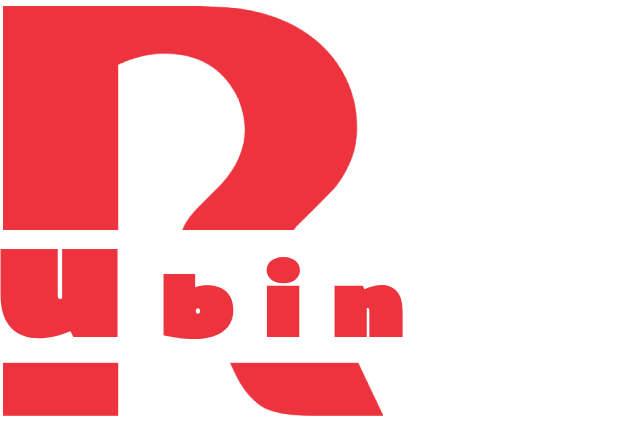Content
We do between 2 to 4 interviews with each candidate with a pre-screening questionnaire and email exchange before these interviews. Each of our interviews is extremely involved and typically goes for an hour each time. After the interviews, we do three professional reference checks and background checks using a 3rd party service (e.g. criminal, education, employment), before extending a formal offer. For the customer support team and some of the development teams, the first interview is text-based.
We have one of the most rigorous assessment/interview processes, for both Crossover team members and the contractors we hire as part of these remote teams. For the contractors, we first send out a job posting, then screen resumes for the basic skills we need. Next, a portion of the applicants are chosen to take assessments to demonstrate their skills. For software engineers, for example, we give them a sample project– a problem or project we have personally had to work through at Crossover. They are given three days to complete this, and it usually takes about 10 hours. Next, they are interviewed by several people, and they are finally offered the job.
What is a virtual interview?
Or working on a new laptop that doesn’t have microphone and camera permissions enabled yet? As a matter of fact, a CareerBuilder survey shows that 74% of companies reporting an average of $14,900 in lost income simply hired the wrong person. remote interview process No matter how established your organization is, bad hires negatively affect your productivity and your team. Especially in a virtual environment, where bonding and communication are crucial to build trust and establish a productive flow.
- We are constantly working to find more tangible ways to develop practical processes to enable belonging for all.
- It’s only when the interview is followed by a seamless remote onboarding process that an organization will be able to create a smooth candidate experience from start to finish.
- We hire all over the world, with hundreds of employees in dozens of countries.
- We have many steps in our process, but that helps make sure we hire the right people for the right positions.
- The same goes for employee handbooks and other information that could be useful for potential future employees.
Consequently, the body language of a candidate can reveal whether they are confident, goal-oriented, and focused – or indeed, whether the candidate might actually be bored, insecure, or nervous. When it comes to evaluating a candidate after you conduct a remote interview, this will take the most preparation. Due to the nature of video calls, you’ll have to find a more structured way of evaluating your candidates post-job interview. Candidates need to know what’s expected of them and how much time they’ll need to set aside to continue the process with your company. If you’re going to take three weeks to make a final decision, this may not work for every candidate.
Mapping Out the Remote Hiring Process
Include relevant information like the date and time of the interview and instructions for joining the virtual meeting. For executive or C-level roles, it might be useful to schedule in-person interviews during the final hiring stage. You’ll be working closely with them and they’ll be driving many business decisions, so it’s crucial to build that more personal connection. An interesting aspect to take into account is the role you’re hiring for. If you’re looking for tech employees, the way they use the video technology could be part of the evaluation.
- Your recruiter will get in touch with you about the details, likely scheduling one final call to clarify and discuss the terms.
- Success in interviewing does not necessarily predict success on the job.
- After your resume has been approved, a recruiter will get in contact with you to schedule a call.
Save time and find higher-quality jobs than on other sites, guaranteed. If you get encouraging responses, continue following up but delicately. No matter what style of interview you experience, always send a thank-you note within 48 hours of the interview. It might seem very old school and perhaps unnecessary, but it’s something most employers still expect and notice.
Address the awkwardness of remote interviews
This leaves you with the candidates who are truly interested in the job and your company – i.e. you avoid spending time interviewing candidates who doubt whether they’re a good fit for the role. The entire hiring team can view recorded video interviews and decide whether they want to move on with a candidate or reject them. Otherwise, each interviewer will have to meet with candidates separately which https://remotemode.net/ is more time-consuming or you’ll have to conduct a panel interview which is harder to coordinate. There is usually one hiring manager who leads the process and does all/most of the CV reviews and screening calls. We spend time on both culture and values click as well as professional ability. We make sure shortlisted people get more face time with other team members, especially the co-founders.

